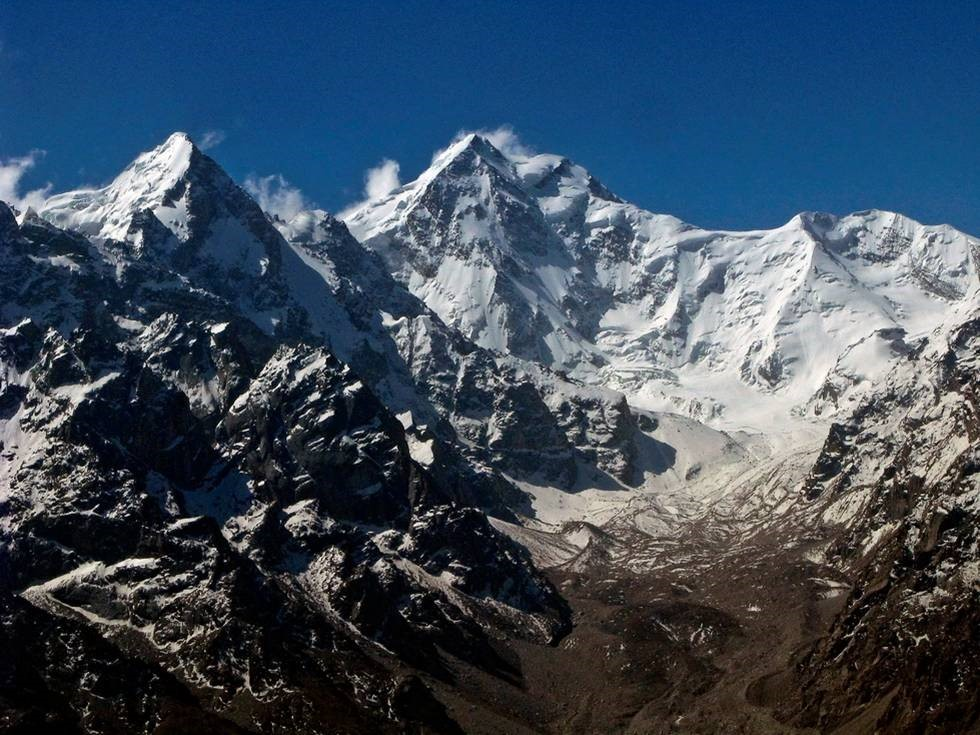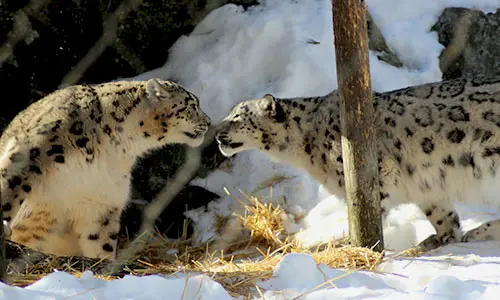Snow leopards are shy, mysterious, enigmatic beasts. They prowl the highest and most remote peaks in the world, colored almost perfectly to blend into the bare rocks and snow that cover these mountains. I’ve spent parts of over 20 years in snow leopard country and never seen one (although I would bet they’ve seen me), which ordinarily would be a fact I’d be embarrassed to admit, but this is par for the course with snow leopards. In fact, the book that really brought snow leopards to the world’s attention, Peter Matthieson’s The Snow Leopard, was all about how he and an old colleague of mine, George Schaller, spent an entire field season not seeing one. (Which also proves that you can, indeed, publish a best-selling book about not seeing something.)

One of the many problems with an animal that hardly anyone sees is that it is very hard to count them. And if you don’t know how many there are, you can’t know the population trends and how they are doing. Most scientists estimate that there are between 4,000 and 8,000 snow leopards, which is a pretty big variance, and just shows how little we know about these beautiful big cats. They are currently listed by IUCN as Vulnerable, one step down from their previous status as Endangered. But that downlisting was more about a previous math error in the calculation than any statement about how well they are doing. (I know this because I was on the IUCN committee that did the assessment.)
We don’t know how many snow leopards there are, or if the population is going up or down, but what we do know is that they face a number of serious threats. Poaching for their beautiful coats is a big one, as is retaliatory killing by shepherds who lose goats or sheep to these top predators. Loss of prey species from poaching – they normally feed on wild sheep and goats across the great mountains of Asia – can impact snow leopards and drive them to prey on domestic animals, increasing retaliatory killing. A lesser-known threat is what is called ‘linear infrastructure’ – for example, border fences between countries that don’t get along well. These fences block snow leopards and their prey species from moving to seek new pastures, avoid bad weather, or find food and mates.

To help deal with both our lack of information and the threats facing snow leopards, Zoo New England has taken on a new initiative for us. With the support of the Andrew Sabin Family Foundation, we will be running the Sabin Snow Leopard Grants Program. This program will give out competitive grants for research and conservation to young conservationists doing important work on the ground. Given that many of these conservationists are from the 11 range countries for snow leopards, stretching from Russia and Mongolia across the Central Asian states, China, Afghanistan, Pakistan, India, Nepal, and Bhutan, these funds can go a long way to support important actions that help snow leopards.
I’m really excited by the new program. Anything we can do to learn more about snow leopards and help stop threats can help ensure that this big cat continues to thrive on the “roof of the world.” With this new program, Zoo New England is now at the forefront of helping to save snow leopards.
